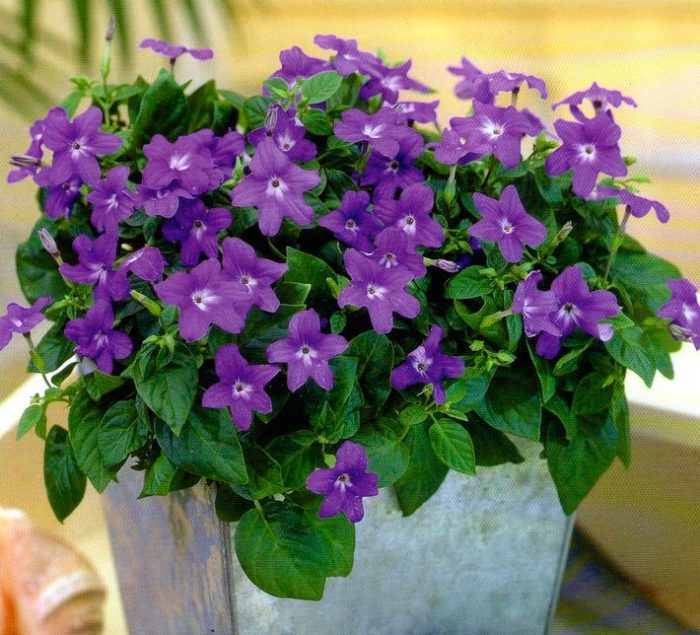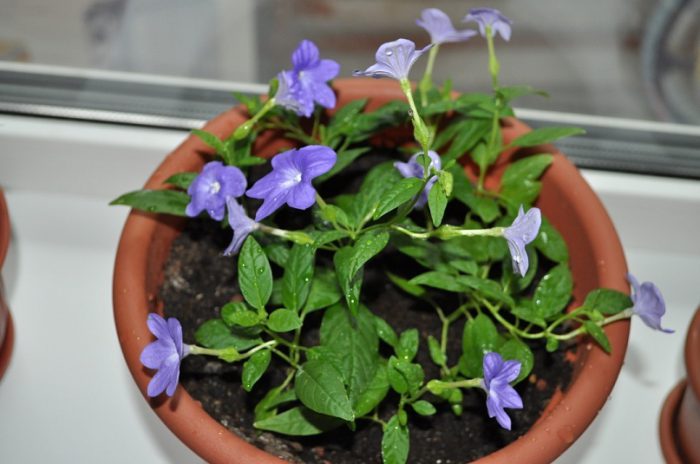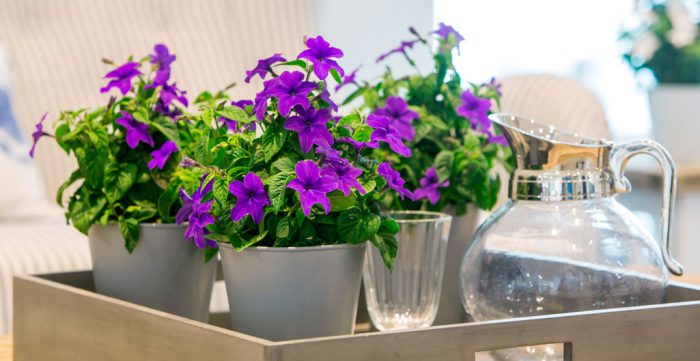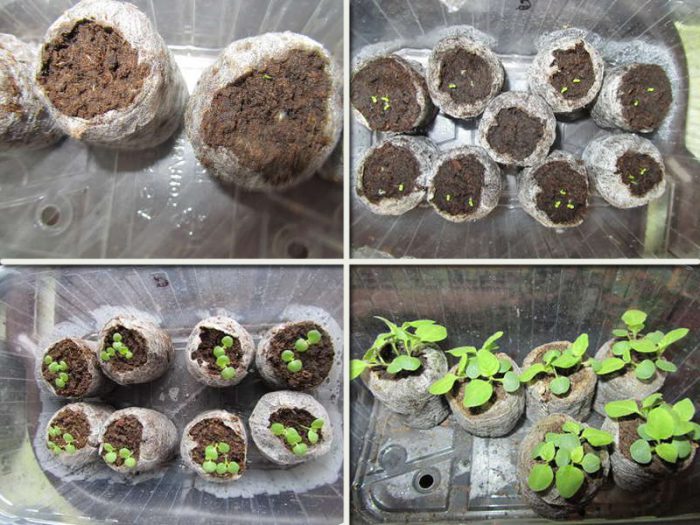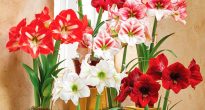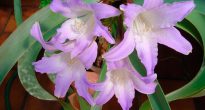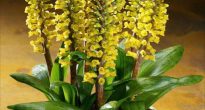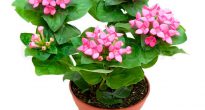A plant like brovallia (Browallia) is directly related to the nightshade family. There are only 6 species of such a plant, but only beautiful brovallia (Browallia speciosa) is grown in indoor conditions. This flower came to Europe from Colombia. And also in the wild, it can be found in South and Central America.
This herb, which is perennial, can grow up to 150 centimeters in height in the wild. Under indoor conditions, it is not a very large, highly branching bush. To improve the branching of the bush, you need to pinch soft shoots.
Brovallia is often grown as a potted plant, but it can also be used to decorate a balcony.
The bloom of brovallia is so beautiful that it is considered its main advantage. If you take care of it correctly, then the bush will be covered with small flowers that can be painted in white, purple, violet-blue, and also blue. Brovallia blooms for a very, very long time. So, flowering can continuously last 16-18 months. Flowers decorate the plant in winter, but if there is not enough light, then there are not so many of them.
The flower is considered old after flowering ends. The second time, it often does not bloom. This plant lives for about 2 years, but there is no problem in this, since it is very easy to grow a new brovallia.
Content
Brovallia care at home
Illumination
He loves light very much, but at the same time it is worth considering that the flower must be protected from the direct rays of the scorching sun. It is recommended to be placed on the windowsills of windows located in the eastern part of the room, as well as on balconies (flowers should be shaded from the scorching sunlight).
Temperature regime
Brovallia loves warmth, but cannot be kept in a hot room. A moderate temperature is best for her. In the spring and summer, the temperature should be at least 20 degrees. If the plant blooms in winter, then the room should be at the usual room temperature. If the flower is young or is a mother plant, then it must be kept in a cool room (10-15 degrees) in autumn and winter, due to which its growth will slow down.
Humidity
The flower feels great in high humidity, but it can grow and develop well in normal room conditions. It is recommended to spray regularly.
How to water
Watering should be plentiful in summer and moderate in winter. Do not allow stagnation of water in the soil, because this can lead to the appearance of rot on the roots.
Top dressing
Do not apply excessive amounts of fertilizers to the soil, as this can adversely affect brovallia, especially if it contains a large amount of nitrogen. They begin to feed the flower in spring and continue throughout the time it blooms. Fertilizers are applied to the ground 2 times a month. For this purpose, fertilizer for indoor flowering plants is used (take 1/3 of the recommended dose).
Earth mix
The plant needs air and permeable loose soil. For planting, a purchased soil mixture for indoor flowering plants is perfect. And also you can do it yourself by mixing turf, humus and leafy soil, as well as sand in equal proportions.
Transfer
This flower does not need to be transplanted. It grows quickly, and after flowering ends, it is replaced with a young one.
Reproduction methods
This plant can be propagated by cuttings or seeds.
Adult brovallia is suitable for cuttings in the spring and summer. The cuttings should not have buds, then they will root very quickly. The soil for rooting must be light and permeable. From above, the cuttings are covered with glass or polyethylene film. When they take root, you need to dive into small pots. Pinch the top of it to make the flower more bushy.
The harvested ripe seeds should be sown in the winter months or the first spring weeks. Flowers sown in February will bloom in spring on a balcony or terrace, and those sown in August will bloom at the end of winter. A couple of weeks after sowing, the first shoots will appear. The temperature should be between 20 and 25 degrees.
Pests and diseases
Can settle on brovallia mealybug, shield, spider mite or whitefly... She can also get sick powdery mildew.

